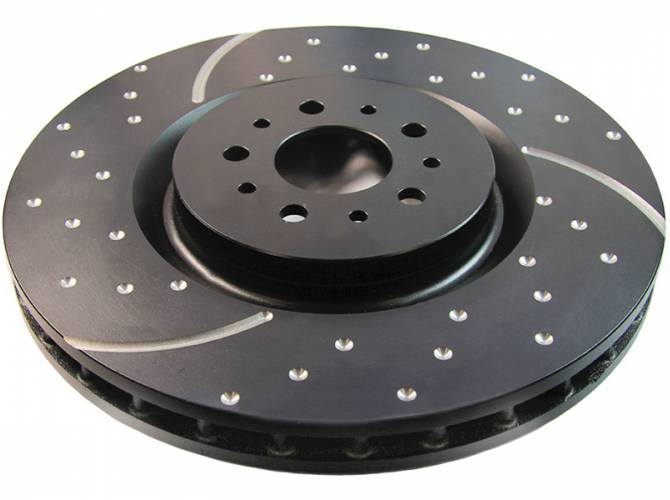- Home
- Shop
-
Engine & Drivetrain
- Radiators, Fans, Cooling Systems & Components
- Exhaust, Headers, Manifolds Mufflers & Components
- Fuel Systems & Components
- Heating, Air Conditioning & Components
- Air Filters, Oil Filters & Intake Systems
- Electronic Control Modules, Ignition & Distributors
- Cranks, Pistons, Oil & Components
- Cams, Timing & Valvetrain
- Clutches, Flywheels & Components
- Switches, Relays, Wiring & Components
- Oxygen Sensors & Components
- Engine & Transmission Assemblies
- Other Engine Parts
-
Brakes, Suspension & Steering
- Brake Discs, Pads & Calipers
- Shocks, Struts & Components
- Control Arms, Thrust Arms & Components
- Wheel Hubs, Bearings, and Components
- Tie Rods, Steering Racks & Components
- Axles, Axles Carrier, Driveshaft & 4WD
- Power Steering Pumps & Components
- Air Suspension Components
- Other Brakes, Suspension & Steering Parts
- ABS Pump & Components
-
Engine & Drivetrain
- Blog
- Catalog
- Contacts US
- Compare: 0
Product
Categories
Select a vehicle to find exact fit parts
Brake disc overheating: symptoms, causes, solutions
One of the most common brake disc defects is overheating. In case of overheating, the disc temperature reaches critical values, causing the brake pad to slip on the disc and reducing the efficiency of the brake system to a minimum.
How to detect the brake disc overheating
The brake disc overheating can be determined by the part inspection. Steel is the most common material used to manufacture brake discs. When heated, the material changes its color. A steel disc, heated to the critical temperature, becomes bright orange and after cooling gets a purple color.
If the visual inspection reveals a color change of the brake disc, you should immediately contact a service station for a complex diagnosis. After detecting the fault, the replacement of brake discs and pads is mandatory. This procedure can be carried out by self. Our detailed video guides will help you do it.
The causes of the brake disc overheating
The main cause of the brake disc overheating is friction. While the working principle of the braking system is based on friction , with the aggressive driving style it increases. This leads to an increase in the temperature of the brake discs to 600-700 °C. Besides, the overheating can be caused by:
- the brake mechanism failure;
- incorrect brake pad installation;
- usage of brake discs and pads after the expiry of their service life;
- brake disc deformation;
- low quality of brake discs and pads;
- jamming of the brake caliper guide pins.
Do not forget that if drum brakes are installed on the rear axle, most of the load during braking is applied to front disc brakes. It also factors into the brake disc overheating.

How to prevent overheating of the brake discs
To prevent premature wear of the brake discs and ensure the most efficient braking process, AutoDoc recommends the following:
- replace the brake pads and discs in due time;
- install high-quality components;
- entrust the repair work to service station mechanics if you lack experience;
- replace the discs in pairs by the axle set for load balance;
- during prolonged downhill movement exercise engine braking;
- monitor the brake disk thickness.
Let us remind you that the useful life of the front brake discs is 30 000-40 000 km, and of the rear ones is 40 000-50 000 km. These values depend on the driving style. Aggressive driving with sharp acceleration and braking reduces the useful life of the brake discs.

How to choose brake discs
It is worth remembering that a failure of the car brake system endangers your safety and the safety of other people. Therefore, you should make a responsible choice with regard to the brake system elements necessary for you to buy.
When choosing the brake discs you must be guided by the recommendations and technical requirements, provided by the manufacturer of your vehicle. Do not forget that you should always buy the brake discs designed specifically for your vehicle. These components should be made of material that has the following characteristics:
- high strength and heat-transfer capacity;
- low adhesion capacity;
- high friction coefficient.





1984375259.png)
135111072.png)
1235885726.png)
732991495.png)
148086775.png)
There are no comments